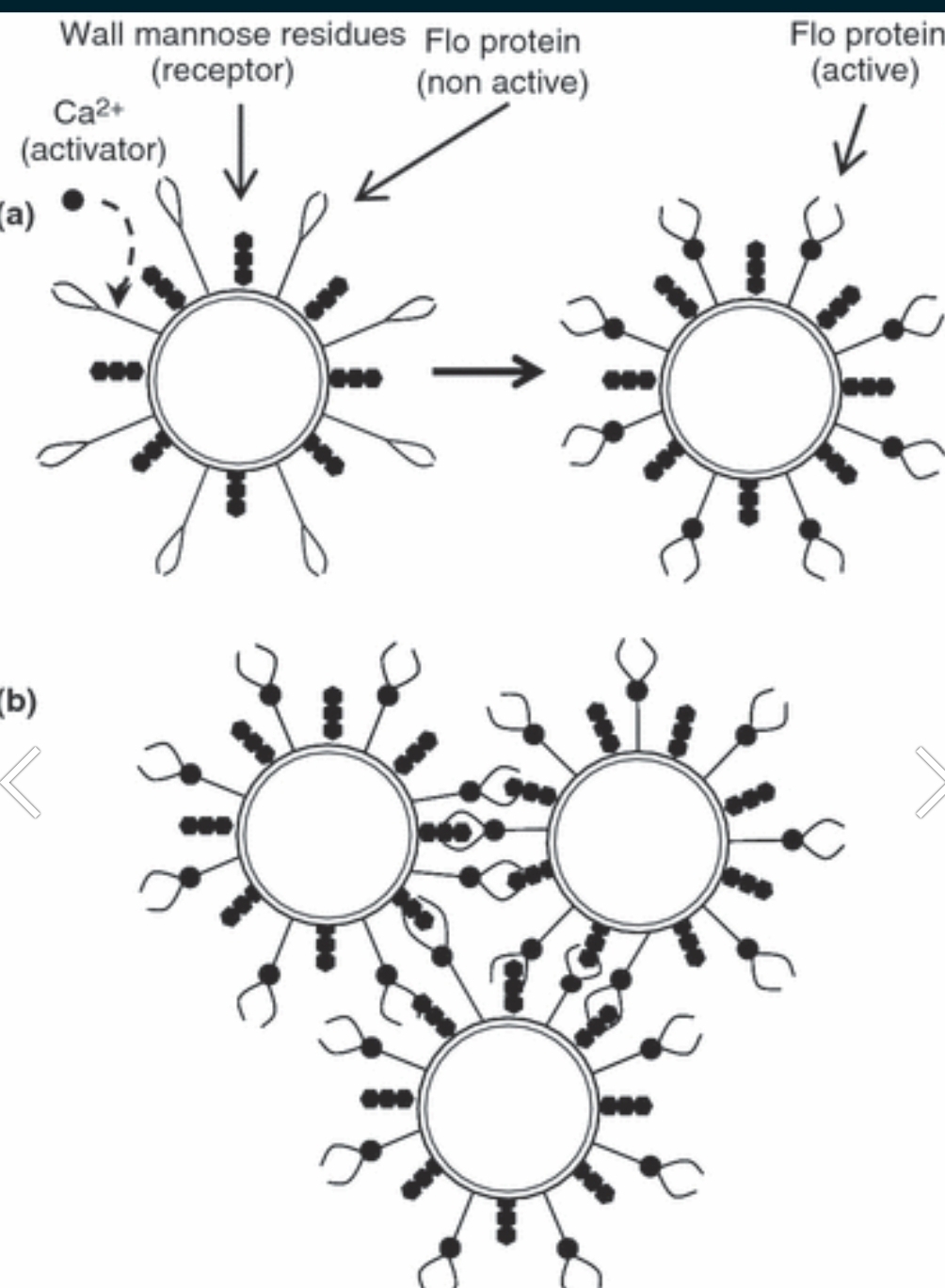smata67
Well-Known Member
Three different batches now, oldest at 5 weeks after bottling, and I can't pour a clear glass. Beer looks clear as day in the bottle, but no amount of tenderness on the pour can keep the beer from ending up cloudy after pouring. What would be a good substitute going forward, a clean yeast for american ales and IPAs that will compact down after a reasonable amount of time to pour a clear pint?

























































